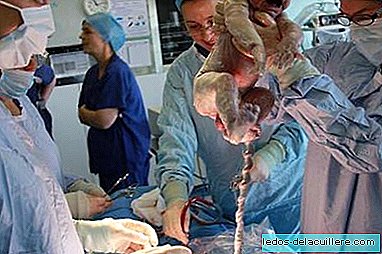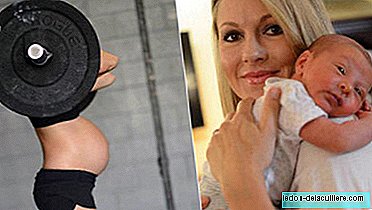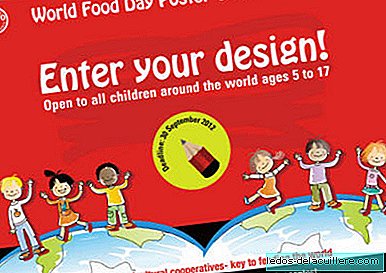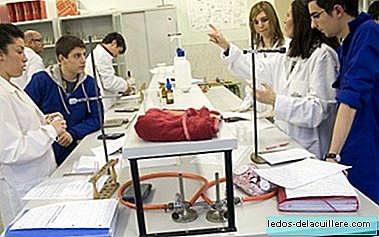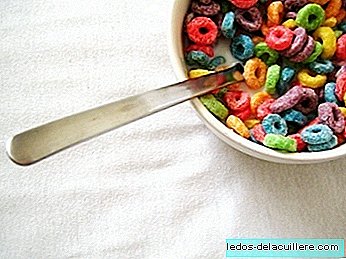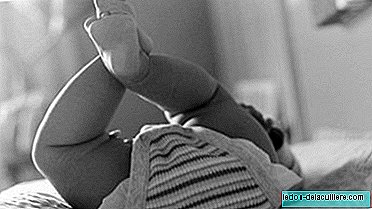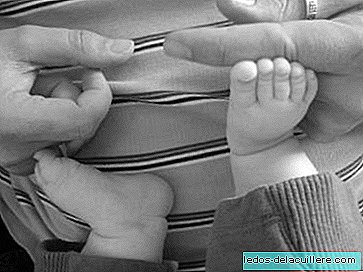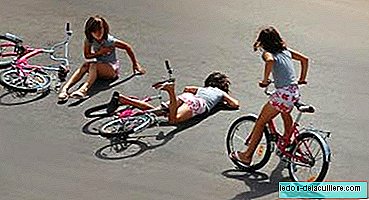
'Accidents are among the first three causes in children under 14, most of them are avoidable, while something could have been done so that they did not happen. '
This is the first point of a preventive decalogue published by AEPAP, Mapfre Foundation and three other entities. It is very important to disseminate this information, because Mari Angeles Miranda, the European Child Safety Alliance, told us months ago, handles figures according to which 70 percent of childhood accidents require some kind of attention or cure Next, we expose the remaining 9 points of that decalogue:
In every age the way to prevent them is different. In young children the house must be a safe and guarded space for adults. Never leave a small child home alone. Older children must be taught to protect themselves.
At home: protect the windows with bars or safety locks and do not put chairs or low furniture in front. Put handrails on the stairs. Protect plugs, stoves and braziers. Use the fires from behind in the kitchen. Do not cook with the child in your arms. Be careful with the temperature of the bath water and do not leave small children alone in the bathtub. Protect the corners of tables and furniture. Put bumpers on the doors ...
With the objects around them They also crash. They can: fall off the changing table, the high chair or the stroller. Choking on small parts of toys or with a balloon. Swallow a button battery. Check the toys, wrappers and other objects that children play with. See the safety guide for potentially dangerous children's products.
Medications and toxins: do not leave them where a child can reach them. Do not tell him that medications are candy. Always use the syrup meter instead of cutlery spoons. Never store cleaning or toxic products in water or soda containers, children can drink it! Do not hesitate to call the Toxicology Information phone: 91-5620420 if the child has taken something.
In other houses and places where the child goes frequently: at the home of grandparents, other relatives, at daycare, at school. Make sure that in all of them the environment is safe.
In the car: always and correctly use a seat or retention system approved and appropriate to its weight and height. It must be well installed. There should be no gaps between the belt and the body of the child, so it is better not to wear thick clothes. If they go by school transport, they should carry retention systems. Set a good example by always putting on your belt.
In leisure spaces: the park, sports centers, squares, swings, games, goals, must be well anchored and comply with safety regulations. The floor in spaces for young children should be made of soft materials.
Cycling or walking: put the helmet to ride a bike, and set a good example by putting it on you too. Be cautious and patient and teach him to cross the street correctly both by bike and on foot.
In swimming pools, beaches and other bathing areas: don't lose sight of the children little ones. Private pools should be fenced on all sides and keep the door closed when an adult is not watching.
Prevention is necessary, although to reach it a greater awareness is necessary, and the adoption of habits by which to address this problem.
Do not forget that with the arrival of summer we must increase our attention to prevent any type of accidents: drowning and falls from a great height (by having the windows open) between them.



